Here is the Volume 3 of Curling from When you watch something, visit us first! Ms. Mika MATSUZAWA, who represented Japan in Curling at the 19th Olympic Winter Games in Salt Lake City, USA, 2002, told us about the word of “FESRAIN” which is important for Curling this time. This is the combined version of Part 3-1 and 3-2 on our YouTube channel.
In Vol.2, we learned the Game plan of Curling.
This time, Ms. Mika MATSUZAWA, who represented Japan in Curling at the 19th Olympic Winter Games held in Salt Lake City, USA, in 2002, told us about the word of “FESRAIN” which is important for Curling tactics.
I think you will understand how Curlers (Curling players) think about competing.
.png)
Part 3-1: What “FESRAIN” is (First part)
In each end, players of course think of strategies one by one, and their shot selection is important when thinking of a strategy, so the 7 initials “FESRAIN” are used to select the shots.
They use this “FESRAIN” as the basis for the shot selection.
-1024x576.png)
F = Free Guard Zone
Firstly, players consider whether they will place Guard stone in Free Guard Zone.
If a team really needs to score points, it is important to place Guard stones properly. For the leading team, Guard stones are not necessary, so they choose to deliver their stones into House and to compete simply around House, aiming for stones do not accumulate in front of House.
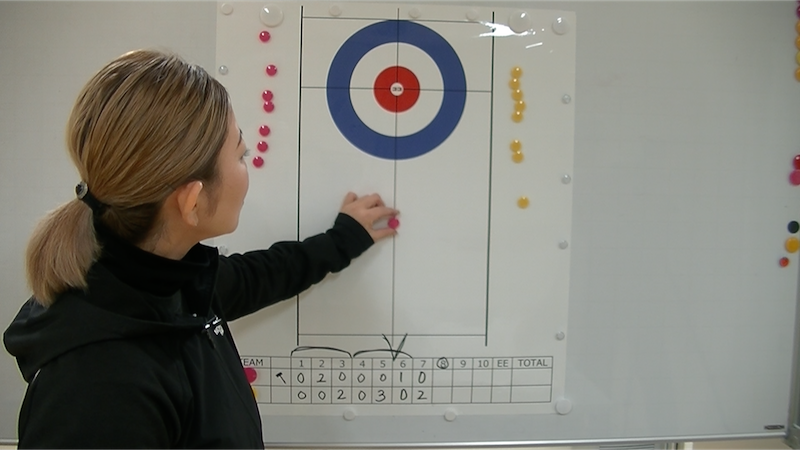
So the first thing to consider is whether to put Guard stones or not.
E = End
Next is the End. Each end has its own role, so players are aware of which end they are in.
In the early stages of the game, players do not have to think so much about the current end and choose the best shot they can make at that moment, however, as the game progresses toward the last, players are forced to be aware of the situation at the 8th end, therefore which end they are in comes to important.

For example, if a team is 4 points down by the 3rd end, it is not a situation where they must score 2 or 3 points like the end of the game, so even if they are 3 or 4 points down at the early stage of the game, they can play normally, that is, when they have the last stone, they want to score 2 points surely, and when the opponent has the last stone, they try to let the opponent score only 1 point, and to score multiple points with the last stone in the next end.
So, even if the situation is the same, the shot selection will change depending on which end they are playing in. This is End, the second one.
S = Score
The next point is how many points difference there is. As I mentioned, the situation is completely different when there is a 2 or 3 points difference at the beginning of the game or at the end of the game.
Considering the difference between this endgame, where they absolutely have to catch up, and the early and mid-game, where they do not need to catch up, players must always be aware of how many points difference there is and how to reduce the point difference toward the end of the game, so they decide which shots to make with the point difference in mind.
R = Rock Advantage
Next point is either to have the last stone or not. Teams without the last stone want to “narrow the House” by collecting stones in the center like this.
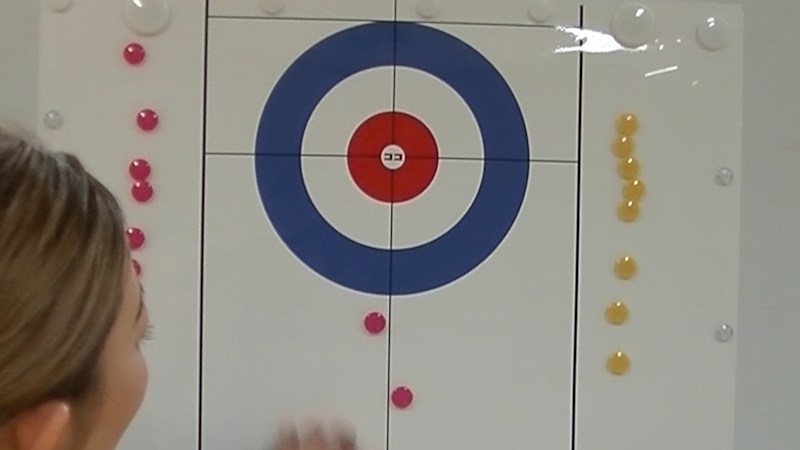
Conversely, teams with the last stone wants to use the House wide by utilizing the sides while keeping the center clear and finally scoring multiple points, so the team will determine where to deliver each stone based on whether they have the last stone.
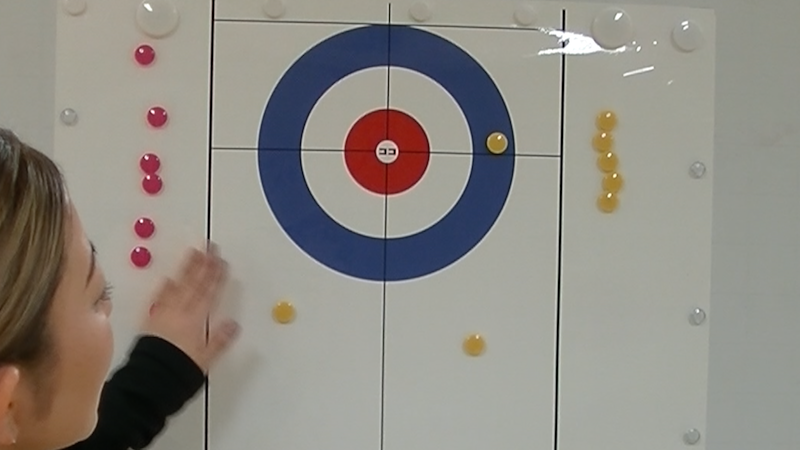
A = Ability
The next point is the level of the ability of their own and that of their opponents. To select shots that they can make is connected to reduce the error of their shots, so it is important to select the proper shots when there are forced to make difficult shots. For example, when they think they do not have the skills to make this shot, the point is whether they can consider that it is acceptable to take out the stone in front of House even though they really aim to take out a stone in House or not. It is important to choose shots according to the level of ability.
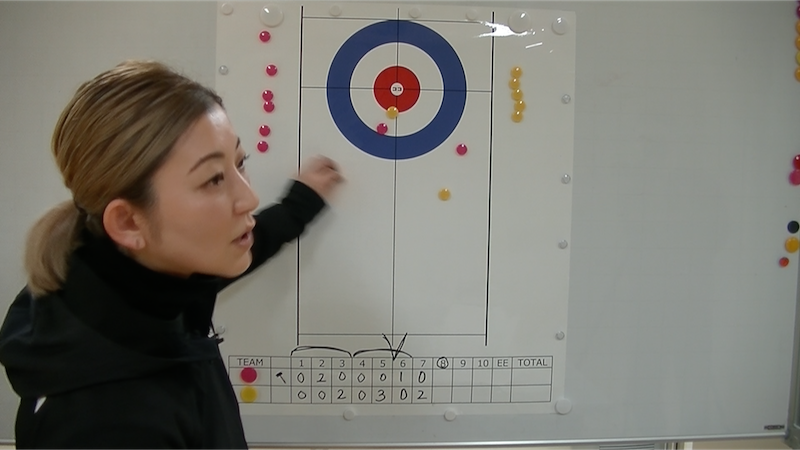
Also, the level of ability of the opponent should be taken into consideration. If the opponent is a very skilled team, they would make very few mistakes if a team only plays easy shots, so they have to consider to make more difficult shots to create a good situation.
Another point is whether the opponent is a team that likes Take shots or Draws. Or, if the opponent’s Draw is more effective today, or if the opponent’s Take is better today, they may consider whether to make the opponent deliver a Take shot or a Draw shot at the last of the end, and choose a shot that the opponent is likely to miss as much as possible.
Thus, players consider their own level of ability and what kind of shots they are good at, as well as their opponent’s level and what shots they are good at.
Part 3-2: What “FESRAIN” is (Latter part)
I = Ice Condition
Next is the ice condition. The players always have to think about how much the stones are curling on the ice, or how much the stones are sliding on the ice. For example, if there are a lot of Guard stones in front of House and there is not much room to deliver a Draw shot, players will think about the ice conditions.
For example, players think of themselves as not having used the line that comes from the outside to inside. If players do not know the condition of the ice on a certain line, they may use another line with known ice conditions, or if they do not know the condition of the ice on that line, they may make more mistakes, so they consider the condition of the ice and make a decision to use this line or to use another line that they have used for several times before and knows the ice conditions.
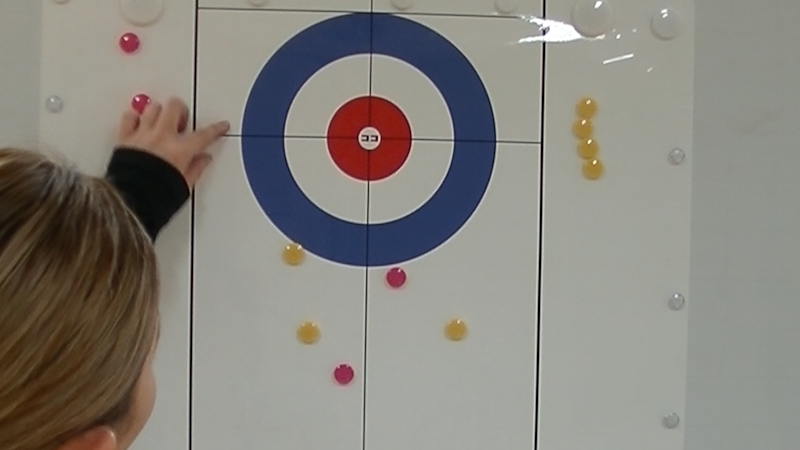
And, they may think on which line to make their opponent deliver stones, for example, if they want their opponent to deliver a stone on a certain line that the opponent has not used yet at the last of the end, they may choose to leave that line open while they use another line, and so on. They can also consider which side they want their opponent to use, taking into account the ice conditions and which side is more likely to cause the opponent to make a mistake.
Also, the ice condition affects the position of the Guard stones. If the ice is in a well “curl” condition, Guard stones close to the house can be effective because players can deliver stones firmly behind the Guard stones, but if the ice is not very “curl,” if they place the Guard stones too close to House, it may be difficult to hide the stone behind the Guard stone, and the opponent may easily take the stone out, therefore, the position of the Guard stones also depends on the condition of the ice.
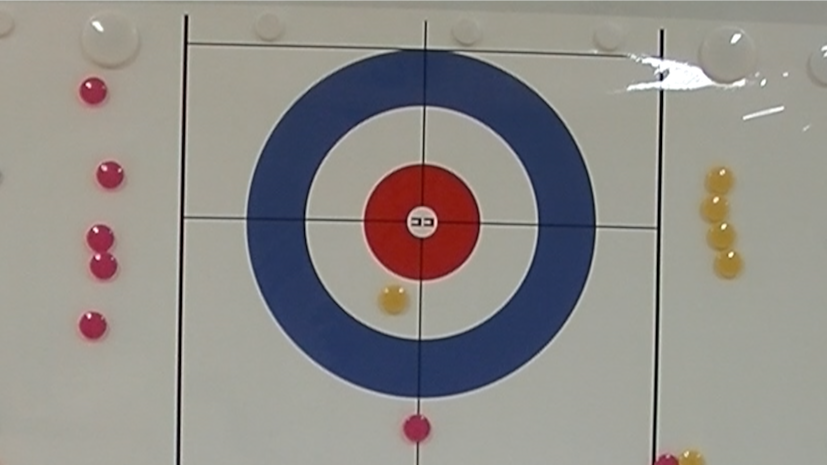
N = Number of Rocks Remaining
The last point is the number of rocks remaining. Each team makes 8 deliveries in each end. Within these 8 deliveries, players will be thinking about how many stones are remaining, and what kind of strategy they can make.
Until 1 to 4 deliveries, players do not think that much and they choose to take out the opponent’s stone if it is in House or put a Guard stone if their stone is in House, depending on the situation, but as the number of remaining stones decreases, it becomes easier to imagine the situation of the last of the end, then they may choose to deliver another stone into House without guarding the other stone, for example, and the strategy changes depending on the number of stones remaining.
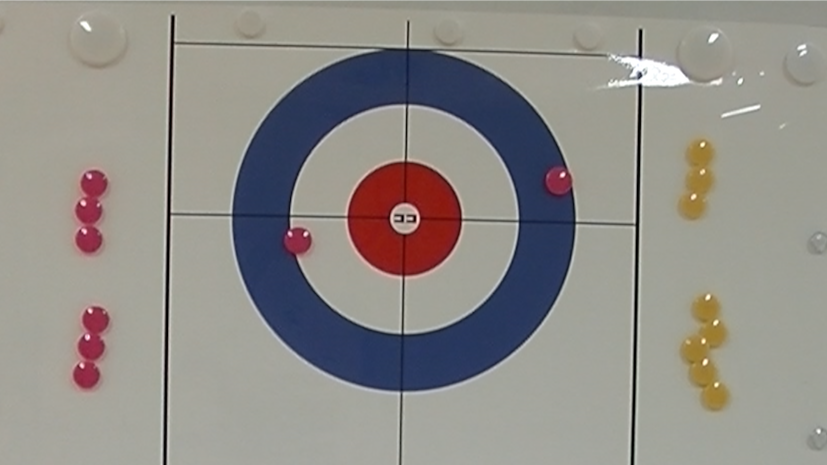
When players think about how they want to finish the end by the last 2 deliveries of Skip, they think about they can score certain points in this end because they have a few more stones remaining, or it would be difficult to score 3 points as they have only a few stones, so as the number of remaining stones decrease, they always think about how many stones are remaining and think about their strategy.
Skip: The team captain, often to deliver the 7th and 8th stones of each end.
So, players always consider these 7 points, i.e. Free Guard Zone, End, Score, Rock Advantage, Ability, Ice Condition and Number of Rocks Remaining, totally, and formulate how they deliver their 8 stones in each end, and by doing that, they will control the each end.
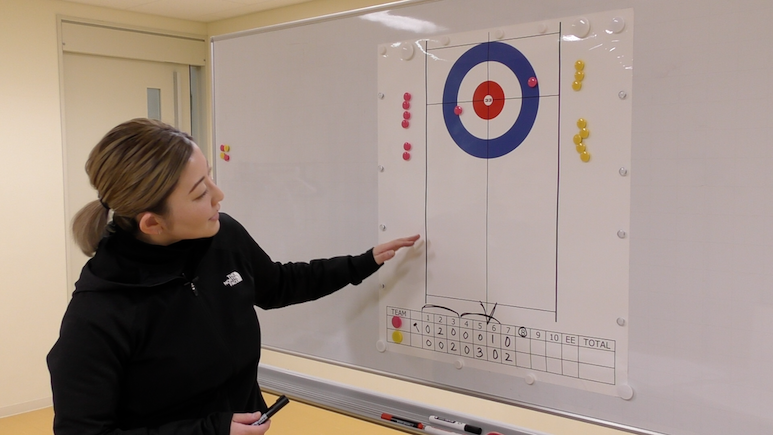
Share this content:
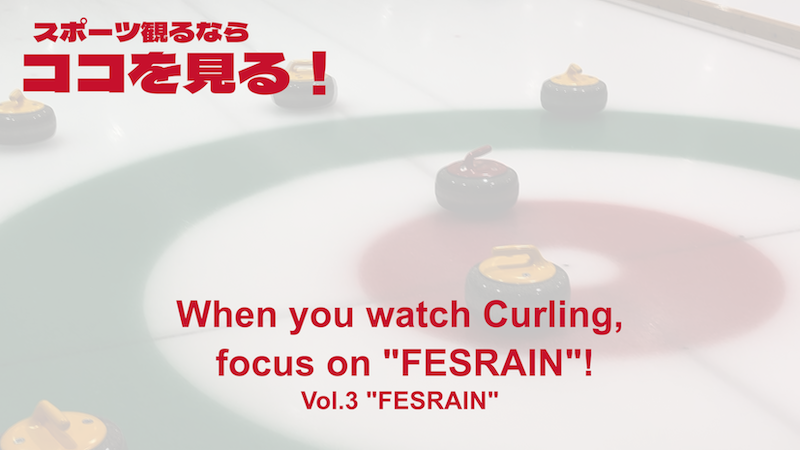
コメントを残す